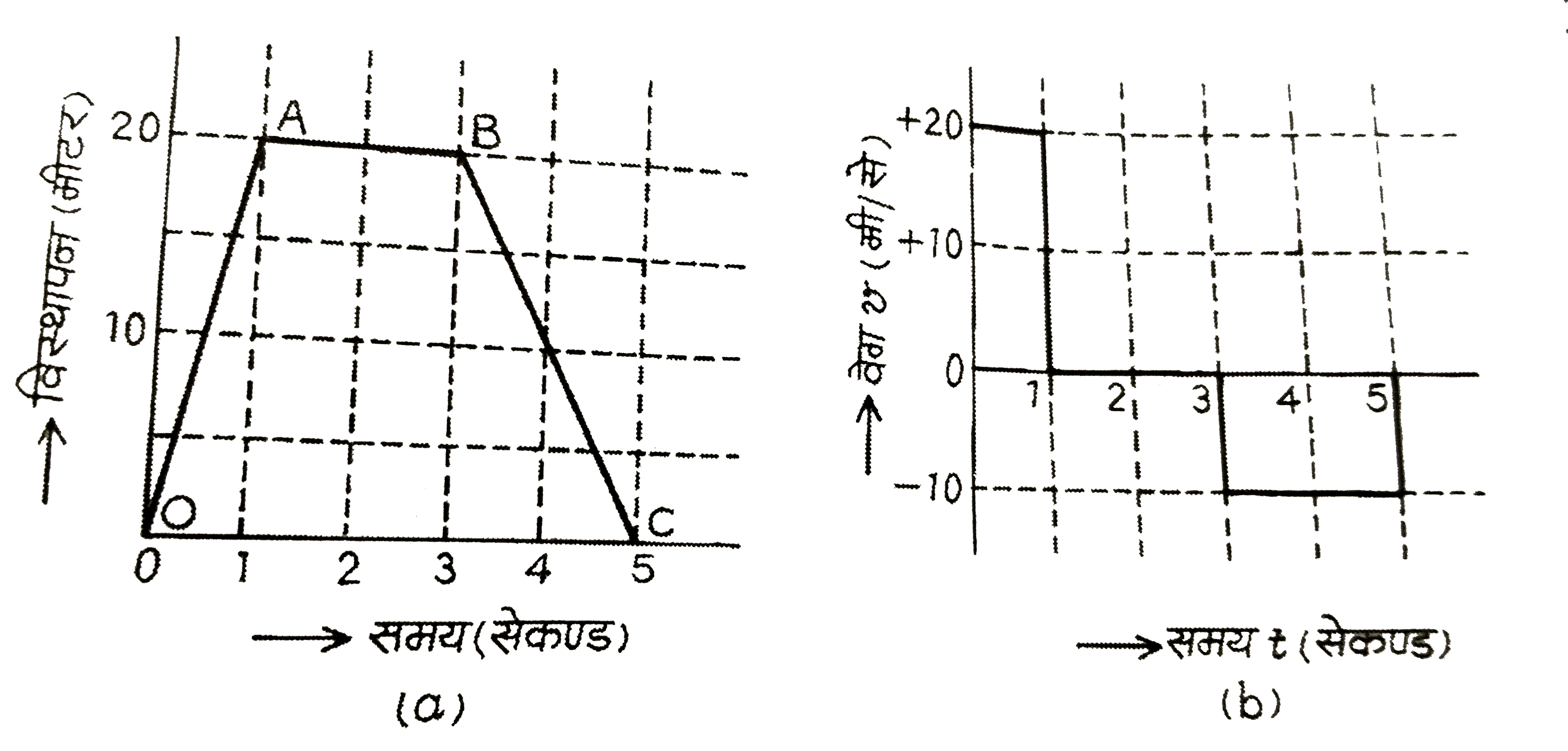Starting from rest and under constant acceleration an object covers 400 m.
(i) How far does the object move in half the time ?Solution in Bengali
The correct Answer is:100 m
Step by step video, text & image solution for Starting from rest and under constant acceleration an object covers 400 m. (i) How far does the object move in half the time ? by Physics experts to help you in doubts & scoring excellent marks in Class 11 exams.
Updated on:21/07/2023Topper's Solved these Questions
- ONE - DIMENSIONAL MOTION BOOK - CHHAYA PUBLICATIONCHAPTER - ONE - DIMENSIONAL MOTION EXERCISE - Problem Set - I (Based on Vertical Motion )
11 Videos
- ONE - DIMENSIONAL MOTION BOOK - CHHAYA PUBLICATIONCHAPTER - ONE - DIMENSIONAL MOTION EXERCISE - Problem Set - II (Based on Speed, Velocity and Acceleration )
4 Videos
- ONE - DIMENSIONAL MOTION BOOK - CHHAYA PUBLICATIONCHAPTER - ONE - DIMENSIONAL MOTION EXERCISE - Problem Set - I (Based on Speed, Velocity and Acceleration )
10 Videos
- NEWTONIAN GRAVITATION AND PLANETARY MOTIONBOOK - CHHAYA PUBLICATIONCHAPTER - NEWTONIAN GRAVITATION AND PLANETARY MOTIONEXERCISE - CBSE SCANNER
19 Videos
- QUESTION PAPERS OF NEET -2017BOOK - CHHAYA PUBLICATIONCHAPTER - QUESTION PAPERS OF NEET -2017EXERCISE - QUESTION
32 Videos
Similar Questions
A piece of stone is dropped from a height of 19.6 m. What will be the time required for the stone to cover the last metre of its path? [ g = 9.8 m.s−1]
View SolutionAn athIete covers a circuIar path of radius 70 m in 55 s and returns to the starting point. Find the magnitude of his aevrage speed and averge velocity. If he compIetes the Iast 40 m of the path at the same rate in 4 s, find the vaIue of instantaneous speed and velocity in that intervaI of time.
View SolutionA car moves with a speed of 30 km.h−1 in half of the total time taken and with 40 km.h−1 rest of the time, What is the average speed of the body?
View SolutionWhat is the reason for absence of atmosphere in some planets?
View SolutionA molecule of a substance has permanent dipole moment p . A mole of this substance is polarised by applying a storg electrostatic field E . The direction of the field is suddenly changed of 60∘ . If N is the avogadro's number the amount of work done by the field is
View Solutionनिम्नांकित चित्र (a) में एक गतिशील वस्तु का समय-विस्थापन ग्राफ प्रदर्शित हैं । इसकी सहायता से इसका वेग-समय ग्राफ बनाइए और इस ग्राफ से समझाइए कि :

(i) वस्तु सबसे तेज किस समय-अन्तराल में चल रही थी ?
(ii) वस्तु ने कुल कितनी दूरी तय की ?
(iii) वस्तु का सम्पूर्ण विस्थापन कितना है?
(iv) आरम्भ से बिन्दु A तक वस्तु का त्वरण कितना है ?
View Solutionস্থিরাবস্থা থেকে যাত্রা শুরু করে একটি বস্তু সময়ের সঙ্গে সমানুপাতিক ত্বরণ নিয়ে চলছে। (i) যাত্রারম্ভের n s পরে তার গতিবেগ কত? (ii) এই n s এ বস্তুটি কত দূরত্ব অতিক্রম করবে?
View SolutionStarting from rest and under constant acceleration an object covers 400 m. What percentage of the total time will be required by the object to cover half of its path?
View SolutionDraw velocity-time graph for an object starting from rest. Acceleration is constant and remains positive.
View Solutionयदि एक वस्तु स्थिरावस्था से गति प्रारम्भ करती है तो नियत त्वरण के साथ इसको निश्चित दूरी तय करने में लगा समय है
View SolutionShow that the area under the velocity-time graph of an object moving with constant acceleration in a straight line in certain time interval is equal to the distance covered by the object in that interval.
View SolutionShow that area under the velocity-time graph of an object moving with constant acceleration in a straight line in certain time interval is equal to the distance covered by the object in the interval.
View SolutionIf for a moving object, the distance-time graph is (half) parabola, then the object would be performing ......... motion. (uniform, with constant acceleration, non-uniform)
View SolutionIf for a moving object, the distance-time graph is (half) parabola, then the object would be performing ......... motion. (uniform, with constant acceleration, non-uniform)
View SolutionAn object starts motion from a stationary position and moves with constant acceleration. t The distance of the object in the time is proportional to ........
View Solution